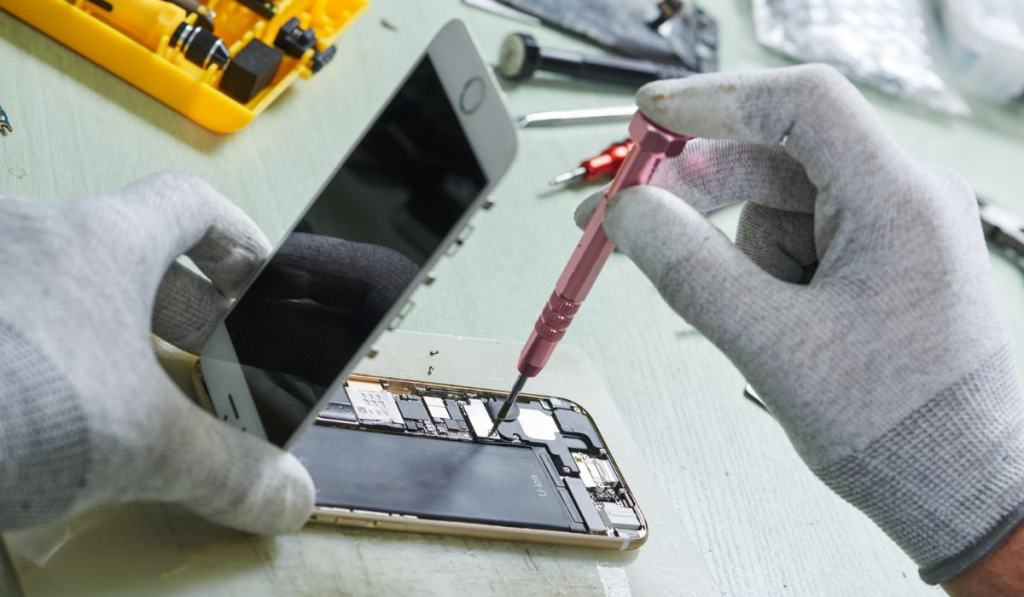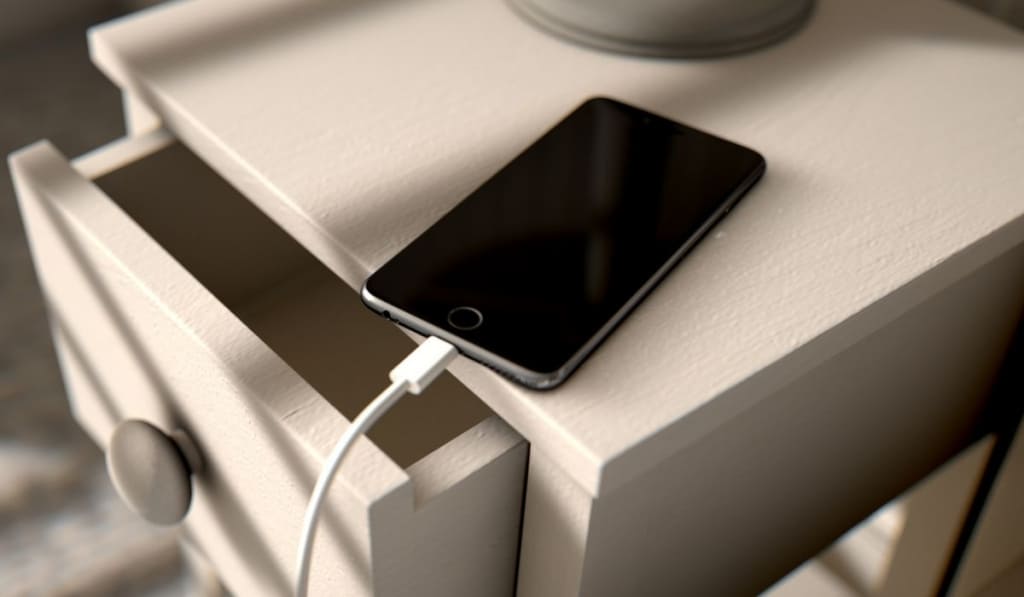iPhone Battery Replacement: Process And Cost
Did you know that the average lifespan of an iPhone battery is only about 18 months, or an average of 300-400 complete charge cycles? If you find your iPhone needs recharging more often than it used to, or it doesn’t last as long on a full charge , it might be time for a new battery.
Apple offers battery replacement via mail-in or through an authorized service center. If your iPhone is within warranty or covered under AppleCare+, there is no fee. Out-of-warranty replacement will cost between $49 and $69, depending on the iPhone model.
Let’s take a closer look at how to replace your iPhone battery, how long it will take, and common signs that it’s time for a replacement. We’ll also cover some important tips for getting the most out of your new battery.
How Much Does It Cost to Replace an iPhone Battery?

Apple typically charges around $70 for a battery replacement, but that price may be lower if you have an older iPhone model.
If your iPhone is within warranty or you have AppleCare+, it will cover the battery replacement cost at no charge. However, if your iPhone is out of warranty, you’ll have to pay the full cost of the repair.
What Are Apple’s Options for iPhone Battery Replacement?
When your iPhone’s battery needs replacing, you have two options: mailing it in or bringing it to an authorized service center for repair.
If you send it in for repair, Apple will send you a box with everything you need to send your iPhone for repair, including a prepaid shipping label and instructions on how to pack your iPhone. Once Apple receives your iPhone, they replace the battery and ship it back to you. The entire process usually takes around one week.
You can also make an appointment at an Apple Store or one of Apple’s authorized service locations to bring it in for repair. If the service center cannot repair your device during your visit, Apple will send it to a repair facility. If this is the case, your iPhone will be ready in 3-5 business days.
There is also the option to purchase an external Apple MagSafe Battery Pack (on Amazon) to avoid replacing your iPhone’s battery. The MagSafe battery pack attaches to the back of your iPhone to deliver extra power on the go.
Signs That You May Need to Replace Your iPhone Battery
One clear sign that your iPhone battery needs to be replaced is if it doesn’t hold a charge as well as it used to. If you notice that your battery drains quickly, it’s probably time for a replacement.
Other signs that an iPhone battery may need to be replaced include:
Your iPhone Turns Off Unexpectedly
Lithium-ion batteries, like the one found in the iPhone, have a finite number of charge cycles and will eventually need to be replaced.
If you notice your iPhone shuts off randomly, even when it has a decent amount of charge left, it’s probably time for a new battery.
Your iPhone Takes Forever to Charge

Over time, the lithium-ion battery in an iPhone will lose capacity and take longer to charge.
If you’ve noticed that your iPhone seems to take forever to charge, even when connected to a fast charger, or it doesn’t reach a full charge, it might be time for a battery replacement.
Your iPhone Screen Is Very Dim
The battery in your iPhone powers the display, so the screen will appear dimmer when it loses charging capacity.
If your iPhone screen is noticeably dimmer than it used to be, even with the brightness turned up, consider getting a new battery.
Your iPhone Is Hot to the Touch
Your iPhone may get hot because it’s being overworked, which can happen when the processor is working hard, the phone is in a hot environment, or you’re charging the iPhone.
But if your iPhone is frequently hot, even when you’re not using or charging it, it may be a sign that the battery is failing and needs replacement.
Another sign to look for is if the phone will not turn on no matter how many times you try to charge it. If you’ve been charging your iPhone overnight and it still won’t turn on in the morning, this is a sign that the battery is no longer working and needs to be replaced.
What Is Battery Health?
The battery health of your iPhone measures how much life it has left. The lower the battery health percentage, the less energy the battery has left.
This information is important because it can help you decide when to get a new iPhone battery or take other steps to preserve battery life, such as reducing screen brightness or turning off certain features.
Battery health is determined by several factors, including the age of your battery and how you use your phone.
You can check your battery health by going to Settings > Battery > Battery Health. If your battery health is below 80%, you may need to replace your battery.
How to Improve iPhone Battery Life
To get the most out of your new battery, it’s recommended that you:
- Update to the latest software. Apple regularly releases updates that can improve your iPhone’s battery life.
- Avoid extreme temperatures. iPhones don’t perform well in hot or cold weather, so keep your phone in a moderate environment.
- Use auto-brightness. This feature adjusts your screen brightness based on the lighting conditions around you, which can help save battery life.
- Enable Low Power Mode. If your battery runs low, you can enable Low Power Mode to stretch its life a little longer. Just go to Settings > Battery and toggle on Low Power Mode.
- Minimize your use of location services. Location services use battery life, so limit their use or disable them entirely if you don’t need them.